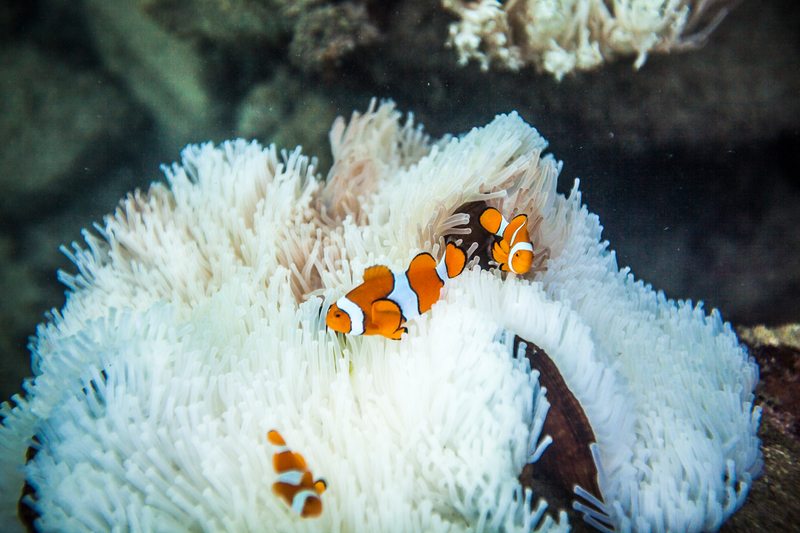The United States and China – the world’s biggest economies and the largest emitters of greenhouse gases – announced they will ratify the Paris climate agreement over the weekend.
The ratification of the COP21 deal reached in Paris last year was hailed as a significant advance in the battle against global warming.
The Paris climate agreement
The Paris climate agreement was sealed last December after two weeks of frantic negotiations. But it must be ratified by 55 countries representing 55% of global emissions in order to come into force.
So the announcement that the world’s top two emitters – who are together responsible for about 38% of emissions – would ratify the deal is a major step towards achieving that. If the Paris agreement comes into force this year, nearly 200 governments will be obliged to meet new emissions-cutting pledges.
Both the US and Chinese presidents intend their countries to be leaders on action on climate change and the rest of the world to follow their lead.
Meanwhile in Australia…

A host of other countries have placed moratoriums on coal, shifted to renewables and took decisive action against the worst polluters in our world. Meanwhile in Australia, the government approved the largest coal mine in our history and watched idly as climate change destroyed nearly a quarter of the Great Barrier Reef’s coral. Australia is letting the team down when it comes to doing our fair share in the global fight against climate change.
According to a comprehensive assessment released before the G20 summit, Australia is the worst country among the G20 nations when it comes to action on climate change. By analysing the policies and actions of each of the 20 countries, which together produce 75% of the world’s greenhouse gas emissions, Climate Transparency produced a report that revealed Australia was not pulling its weight.
Despite the Australian Government’s commitment to ratify the Paris climate agreement almost a year ago, we have seen no new policies or even appropriate targets adopted. In Paris last year, Turnbull said:
“We do not doubt the implications of the science or the scale of the challenge.”
But everything the Prime Minister has subsequently done (or more precisely what he has failed to do) contradicts his commitment made in Paris.
The current Liberal-National coalition government target of a 26-28% reduction of emissions by 2030 on 2005 levels falls woefully short of the goals Australia set itself at Paris. The minimum targets to meet our Paris commitments and to limit global warming to 1.5C are a 40-60% reduction in emissions by 2025. And then a 60-80% reduction by 2030. And zero-net emissions by 2040.
Since politicians returned to work last week, the public have even less reason to be confident that the government is acting on the science.
Saying one thing and doing another
The new Energy and Environment Minister Josh Frydenberg told The Project:
“The reality is we’ve got these ambitious Paris targets and we need to meet them.”
The Minister’s comments were heartening – but like so much of what we hear from this government it was just words. As soon as parliament reopened the government sought to abolish the funding of the Australian Renewable Energy Association (ARENA).
If the public needed more proof the government wasn’t acting they got it last week. On Wednesday the Climate Change Authority advised the government to set up two emissions trading schemes and strengthen regulations in order to meet Australia’s 2030 emission reduction targets. And to increase those targets in line with international climate change obligations. But this report was rejected by Frydenberg the very next day. He also rejected plans to further limit emissions on our biggest polluters.
I can only conclude the Prime Minister Malcolm Turnbull and the Minister for Energy and the Environment Josh Frydenberg doubt science and the scale of the challenge.


